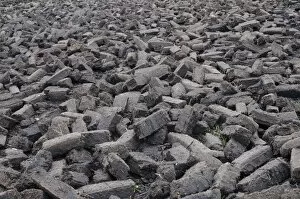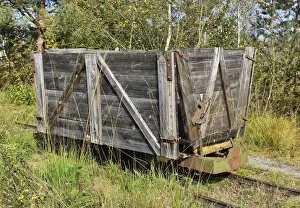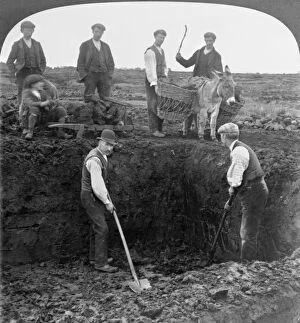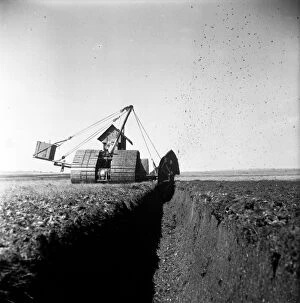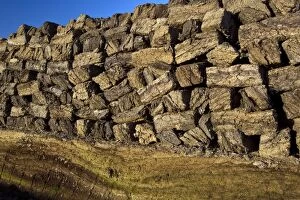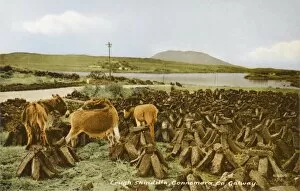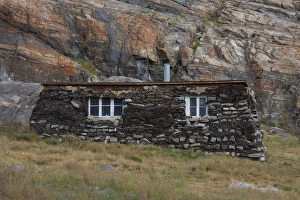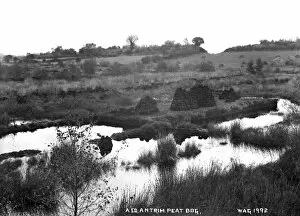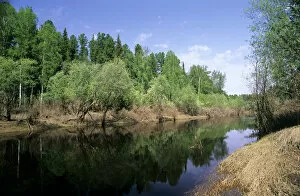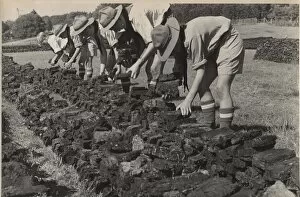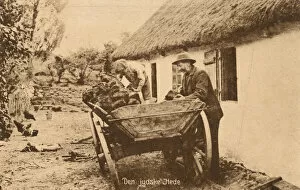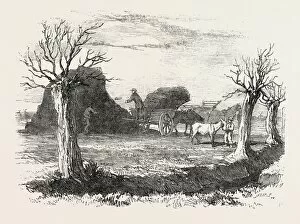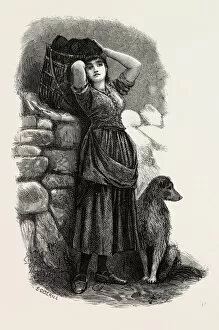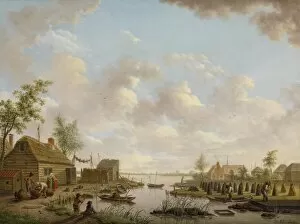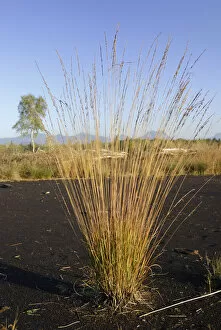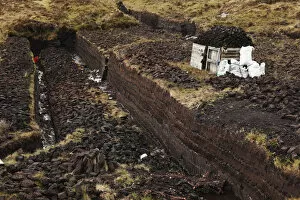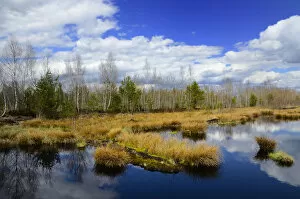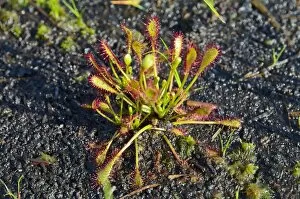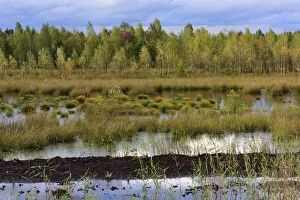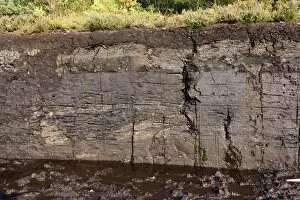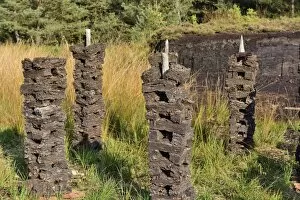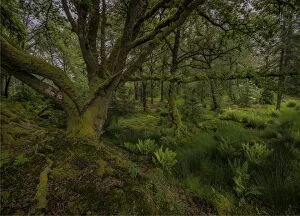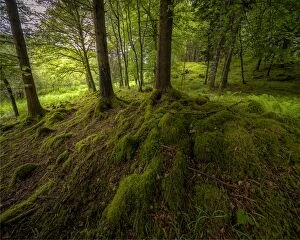Peat Collection (#4)
Peat, a fascinating natural resource with a rich history, has played an integral role in various cultures and industries throughout the centuries
For sale as Licensed Images
Choose your image, Select your licence and Download the media
Peat, a fascinating natural resource with a rich history, has played an integral role in various cultures and industries throughout the centuries. From its use as fuel to its significance in traditional practices, peat continues to captivate our imagination. Dating back to 1831, the Rail Chat Moss project revolutionized transportation by utilizing peat as a foundation for railway tracks. This innovative approach not only improved connectivity but also showcased the versatility of this remarkable substance. Intriguingly, even before that time, peat had already made its mark on history. The Dolls House of Petronella Dunois, crafted around 1676, featured miniature furniture made from peat. This exquisite display demonstrated the creativity and craftsmanship associated with this unique material. The Nydam Viking Ship discovered in Denmark shed light on another aspect of peat's significance - preservation. Buried within layers moss for over a millennium, this ancient vessel emerged remarkably intact due to the preservative qualities of the surrounding environment. Moving across continents and landscapes, we find ourselves amidst Benbecula's Outer Hebrides in Scotland where traditional Peat carts were used for transporting this valuable resource. These carts served as a testament to the hard work and dedication required during peat extraction. Further south in Co. Derry Peat Bog or Fermanagh Peat Bog lies evidence of manual labor involved in cutting turf from these bogs; it was an arduous task undertaken by skilled individuals who understood both nature's bounty and its demands. Meanwhile, nestled within Irish cottages stood proud figures known as "Peat Men. " These sculptures embodied Ireland's deep connection with their land and symbolized resilience amid challenging times when heating homes relied heavily on burning dried blocks of turf. Venturing northward towards Shetland Islands unveils yet another facet of peats' influence - cutting banks for fuel purposes. Here we witness locals meticulously extracting blocks of peat, preserving their traditions and heritage.

